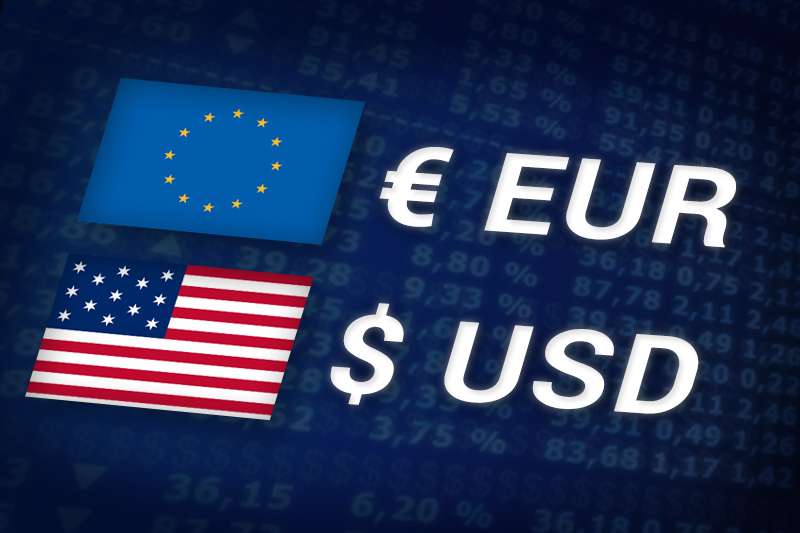Investing.com – The euro was trading close to a three-week high against the U.S. dollar on Wednesday, after data showed that U.S. private sector employment growth slowed sharply in May and manufacturing activity slumped to a one-year low in May.
EUR/USD hit 1.4448 during early U.S. trade, the pair’s highest since May 6; the pair subsequently consolidated at 1.4416, gaining 0.13%.
The pair was likely to find support at 1.4276, Tuesday’s low and resistance at 1.4587, the high of May 6.
Earlier in the day, payroll processing firm ADP said U.S. non-farm payrolls rose just 38K in May, on a seasonally adjusted basis, far below expectations for an increase of 178K.
The report said the slowdown, while disappointing, was not entirely surprising given weak growth in the U.S. economy so far this year. Real gross domestic product grew only 1.8% in the first quarter.
A separate report showed that U.S. manufacturing growth declined more-than-expected in May, slumping to its slowest rate since September 2009.
The Institute for Supply Management said its index of national factory activity fell to 53.5 in May from 60.4 the month before. The reading disappointed expectations for 57.7.
A reading below 50 indicates contraction in the manufacturing sector, while a number above 50 means expansion.
The euro was also higher against the pound, with EUR/GBP rising 0.43% to hit 0.8789.
Also Wednesday, European Union Economic Affairs Commissioner Olli Rehn reiterated that a default was not in the cards for Greece and said Athens would need to carry on with its plans to sharply reduce its budget deficit and privatize government-owned businesses.
EUR/USD hit 1.4448 during early U.S. trade, the pair’s highest since May 6; the pair subsequently consolidated at 1.4416, gaining 0.13%.
The pair was likely to find support at 1.4276, Tuesday’s low and resistance at 1.4587, the high of May 6.
Earlier in the day, payroll processing firm ADP said U.S. non-farm payrolls rose just 38K in May, on a seasonally adjusted basis, far below expectations for an increase of 178K.
The report said the slowdown, while disappointing, was not entirely surprising given weak growth in the U.S. economy so far this year. Real gross domestic product grew only 1.8% in the first quarter.
A separate report showed that U.S. manufacturing growth declined more-than-expected in May, slumping to its slowest rate since September 2009.
The Institute for Supply Management said its index of national factory activity fell to 53.5 in May from 60.4 the month before. The reading disappointed expectations for 57.7.
A reading below 50 indicates contraction in the manufacturing sector, while a number above 50 means expansion.
The euro was also higher against the pound, with EUR/GBP rising 0.43% to hit 0.8789.
Also Wednesday, European Union Economic Affairs Commissioner Olli Rehn reiterated that a default was not in the cards for Greece and said Athens would need to carry on with its plans to sharply reduce its budget deficit and privatize government-owned businesses.
